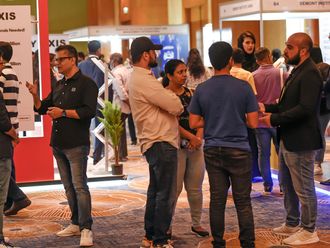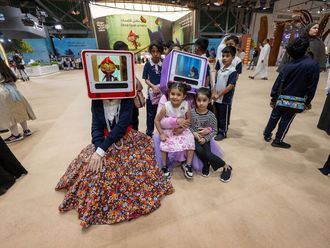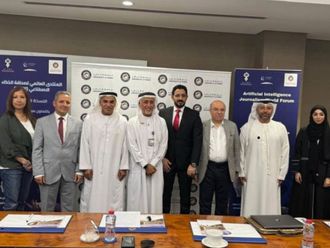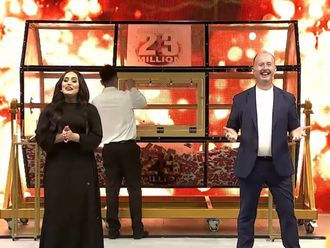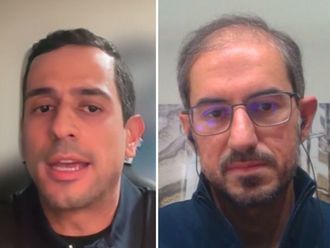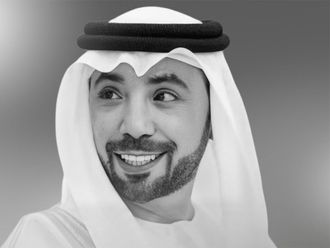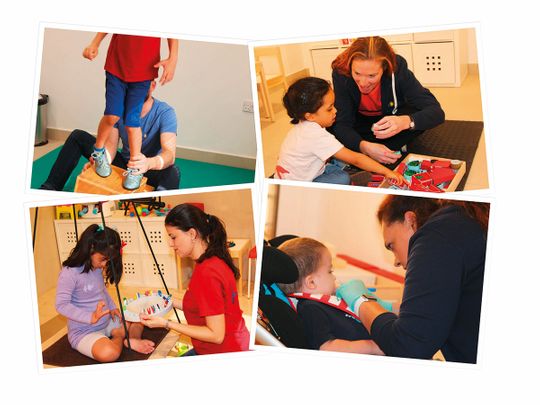
What led to the Hope Abilitation Medical Centre being set up?
Being a special-needs parent, who had a child with complex needs and given a very poor prognosis and short life expectancy, I had to travel around the world. I literally went to every country to try every therapy and approach there is to help my child. There is not a therapy that was invented that we didn’t go to try and research about its effectiveness (NDT, Bobath, Feldenkris, ABM, Musgotova, Suit Therapy, Spider cage, UGUL, CME Therapy, QRI Laser and even stem cells, just to name a few). Three-and-a-half years of continuous travelling grew my horizons of knowledge. I came across brilliant therapies that helped Darah. I wanted to share this knowledge, I wanted what was possible for Darah to be available for all the other children, without families having to suffer or travel the same way I did. So I founded Hope Abilitation Medical Centre (Hope AMC) to bring all the therapies under one roof
What does the concept of abilitation entail?
I love the word abilitation because it describes reality as opposed to rehabilitation. It describes what Hope AMC is all about, which is giving children new abilities and skills that they didn’t have before. We are here to make a difference, to empower those children with new skills. We don’t want to be just another therapy centre in the region.
Please share some information on the intensive therapy camps conducted by the centre.
Intensive therapy is a concept well known in Europe and the US. As children with special needs have huge potential, intensive therapy is key to unleash this. It is a unique approach that gives children a developmental boost by combining physiotherapy, occupational therapy, feeding therapy and speech and language therapy into an intensive plan based on the child’s needs, to be conducted daily over a period of three weeks. Intensive therapy achieves tangible goals/milestones for children.
Studies have shown that intensive therapy helps a child realise the same goals it would usually take a full year of traditional therapy to achieve.
How unique are the treatment options offered by Hope?
Hope AMC services are all unique and some of them are here for the first time in the Middle East. The approaches we use, the calibres we have on board are so different.

Our Speech and Language department does not only focus on known speech disorders and speech production, we look at the child as a whole; we address pragmatic language disorders, behavioural issues related to speech and language and much more.
For example, we are the first centre in the Middle East to offer CME therapy, which is a highly effective paediatric physiotherapy approach known in the US, Europe and Australia but not in the Middle East.
Another example is our Feeding department, which is a highly specialised department that is the first of its kind in the Middle East. Not only does the department help children with feeding difficulties and disorders, we also do tube weaning for tube-fed children.
Our Speech and Language department does not only focus on known speech disorders and speech production, we look at the child as a whole; we address pragmatic language disorders, behavioural issues related to speech and language and much more. We offer social skills groups to work on children’s self-esteem/confidence, communicating effectively, reading social cues, increasing problem solving, understanding perspective taking, managing stress/anxiety and emphasising cooperation. This is also a new approach to the Middle East.
How is the centre providing support to students in schools catering for inclusion?
Because we care about the children, we realised that there is a gap between therapy centres and schools. So we made a school support department that is not just there to give therapy in schools but to support inclusion to focus on the true integration of the children inside the classroom environment, to give them skills necessary to communicate with teachers and peers as well.



